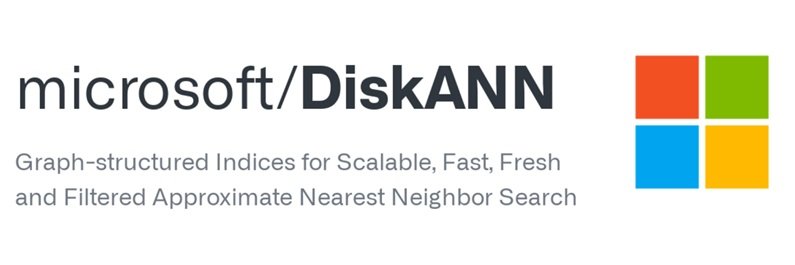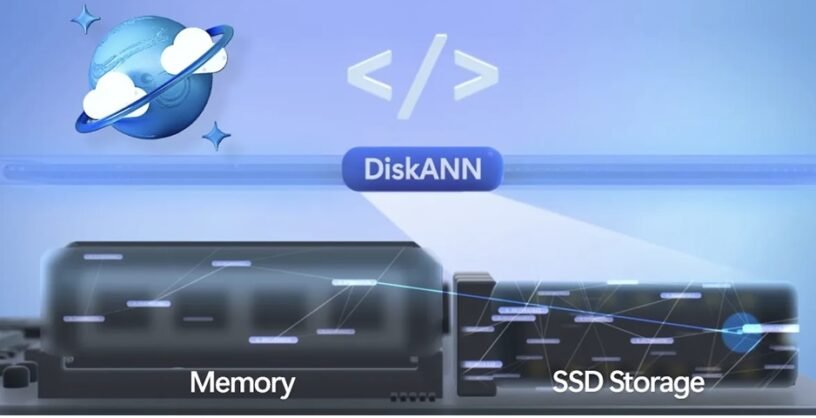Table of Contents
In the ever-evolving world of technology, staying up-to-date with the latest advancements is crucial. One such groundbreaking development is DiskANN, a foundational component of the Copilot Runtime. Let’s dive deep into understanding what DiskANN is, its significance, and how it impacts real-world applications, all while keeping things conversational and engaging.
What is DiskANN?
DiskANN stands for Disk-based Approximate Nearest Neighbor search. In simple terms, it’s a technology designed to handle large-scale data searches efficiently. Imagine you have a massive library of books and you need to find a book that is similar to a specific one. DiskANN helps you find the closest matches quickly without having to go through every single book.
Why is DiskANN Important?
In our data-driven world, the ability to quickly search through vast amounts of data is invaluable. Traditional search methods can be slow and resource-intensive. DiskANN addresses this by optimizing the search process, making it faster and more efficient. This is particularly important for applications involving artificial intelligence, machine learning, and large databases.

How Does DiskANN Work?
DiskANN leverages a combination of in-memory and disk-based techniques to perform approximate nearest neighbor searches. Here’s a simplified breakdown of how it works:
- Data Representation: Data is represented in a high-dimensional space.
- Indexing: An index is created to organize and manage the data efficiently.
- Search Algorithm: The search algorithm navigates through the index to find the nearest neighbors to a given query.
By using these methods, DiskANN can handle searches involving billions of data points while maintaining high accuracy and speed.
Real-Life Examples
Enhancing Search in E-Commerce
Let’s consider an example in the e-commerce industry. Suppose you are shopping for a new pair of shoes online. You find a pair you like and want to see similar options. DiskANN can be used by the e-commerce platform to quickly show you similar shoe options from their vast inventory. This not only enhances your shopping experience but also helps the platform retain customers by providing relevant recommendations.
Improving Recommendations in Streaming Services
Think about how streaming services like Netflix or Spotify recommend content. DiskANN can process vast amounts of user data to find patterns and suggest movies, shows, or songs that you might like. This improves user satisfaction and engagement by delivering personalized content efficiently.
Accelerating Scientific Research
In fields like genomics and drug discovery, researchers deal with enormous datasets. DiskANN enables quick searches through genetic sequences or chemical compounds, speeding up the discovery process and potentially leading to breakthroughs faster.

DiskANN and Copilot Runtime
DiskANN is a crucial part of the Copilot Runtime, a system designed to improve the performance and efficiency of applications that require real-time data processing and search capabilities. The Copilot Runtime utilizes DiskANN to ensure that these applications can handle large-scale data searches without compromising on speed or accuracy.
Benefits of Copilot Runtime with DiskANN
- Scalability: Handles billions of data points, making it suitable for large-scale applications.
- Efficiency: Reduces the time and computational resources required for data searches.
- Accuracy: Maintains high levels of accuracy even with approximate searches.
- Versatility: Can be applied across various industries, from e-commerce to healthcare.
Conclusion
DiskANN is revolutionizing the way we handle large-scale data searches, making it an indispensable tool in various industries. Its integration into the Copilot Runtime showcases its potential to enhance performance and efficiency in real-time applications. By understanding and leveraging DiskANN, businesses can stay ahead in the competitive landscape, providing faster and more accurate results to their users.
So, the next time you shop online, enjoy a streaming service, or read about a scientific breakthrough, remember that technologies like DiskANN are working behind the scenes to make your experience seamless and efficient.
Frequently Asked Questions About DiskANN
How does DiskANN work?
DiskANN works by combining in-memory and disk-based techniques to perform approximate nearest neighbor searches. It represents data in high-dimensional space, creates an efficient index, and uses a search algorithm to find the nearest neighbors to a given query.
What is SPTAG?
SPTAG (Space Partition Tree and Graph) is another approximate nearest neighbor search algorithm. It partitions the data space into smaller regions using a tree structure and then connects these regions with a graph to facilitate efficient search.
DiskANN vs. HNSW?
HNSW (Hierarchical Navigable Small World) is another popular nearest neighbor search algorithm. While both DiskANN and HNSW aim to optimize large-scale data searches, DiskANN is specifically designed to handle disk-based searches efficiently, making it more suitable for scenarios involving extremely large datasets.
DiskANN Rust?
DiskANN Rust refers to the implementation of DiskANN in the Rust programming language. Rust is known for its performance and safety features, making it an ideal choice for implementing high-performance algorithms like DiskANN.
Filtered-DiskANN?
Filtered-DiskANN is an extension of DiskANN that incorporates filtering techniques to refine search results. This means that in addition to finding the nearest neighbors, Filtered-DiskANN can apply additional criteria to filter and rank the results, providing even more relevant search outcomes.




Leave a Reply